While living with a chronic illness can be challenging, there are ways that you can make life easier and live a happy and fulfilling life. Establishing good habits and routines takes time, but as Gunnar Esiason points out in his blog Own It, there are some “common sense approaches” to living life with a chronic illness that everyone can find useful.
Follow Directions
It’s tempting to cut corners sometimes, especially if you’re running late or tired, but taking medications and therapies as prescribed and for the required amount of time will prevent you from becoming sick. Skipping meds or only partially doing therapies, not cleaning or maintaining equipment may save you a little bit of time in the short run, but may result in you becoming sick.
Designate a First Responder
Designate a person (or persons) who you can rely on to know what to do if you have a medical emergency. This can be a member of your family, a colleague, or a friend. Make sure they know how to respond to any exacerbations you may experience.
Be Organized
Keep any medications, equipment or paperwork that has to do with your health condition in good order. If you need to take medications at different times of the day, set reminders on your cellphone. Keep all paperwork in an organized folder so everything you need is easily found. Use weekly pill boxes to keep a week’s supply of meds ready. Ensure all equipment is cleaned after use so it’s ready for the next time.
Use Trusted Sources for Information
Dr. Google is notoriously wrong, as are most of your well-meaning colleagues and friends. Use trusted sources for information regarding your chronic illness. Non-profit organizations are great places to find accurate and up-to-date information. Your health care team is also a phone call away if you have any questions that need to be answered.
Get the Most Out of Your Appointments
Often, particularly when you’re first diagnosed, there is a lot of information to process. Taking notes when you meet your health care team will help you to remember all that you’ve been told. Also, preparing a list of questions before you go to your appointments will ensure that you don’t forget anything important while you’re there. Take a friend or family member along for support — they’ll often think of things you may miss.
Have Faith in Yourself
You may think that the journey you’re about to embark on will be too difficult or that you won’t be able to keep up with the treatments. Have faith in yourself — you are stronger than you realize. In the beginning, there will be many changes, but life will soon settle into a new normal and you’ll be surprised at how well you’re handling things.
Ask for Help
Don’t be too afraid or too proud to ask for help. Family and friends will want to help you out in any way they can, just as you would if the roles were reversed. Focus on your health and staying well, and allow others to do things for you. If you require financial aid or help to procure necessary equipment, non-profit organizations are a great place to start. Local volunteer groups can offer caregiving help as well as help around the house and garden.
Don’t Let Negative Feelings Get You Down
Feeling angry, frustrated, sad, or disappointed are all extremely normal reactions to a chronic illness, but you’ll need to work through these feelings and push them to one side. Focus your energy on getting well and try to be positive about your treatment.
Be Adaptable
It’s likely that you won’t be able to live your life exactly as you did before. Depending on the severity and type of chronic illness you have, you may find that you simply can’t do as much as you used to. Be more selective with your calendar so you have more energy and enthusiasm to enjoy each activity and event. Ditch bad lifestyle habits that could make your chronic illness worse, and try to embrace new healthy ones instead. Learn that it’s OK to say no to people — your health comes first and they should be able to accept that.
Laugh
Laughter is great medicine. It won’t cure your chronic illness, but it will make living life with it more fun. Take time to do the things you enjoy and that give you pleasure, spend time with people who make you happy and take joy wherever you can find it.







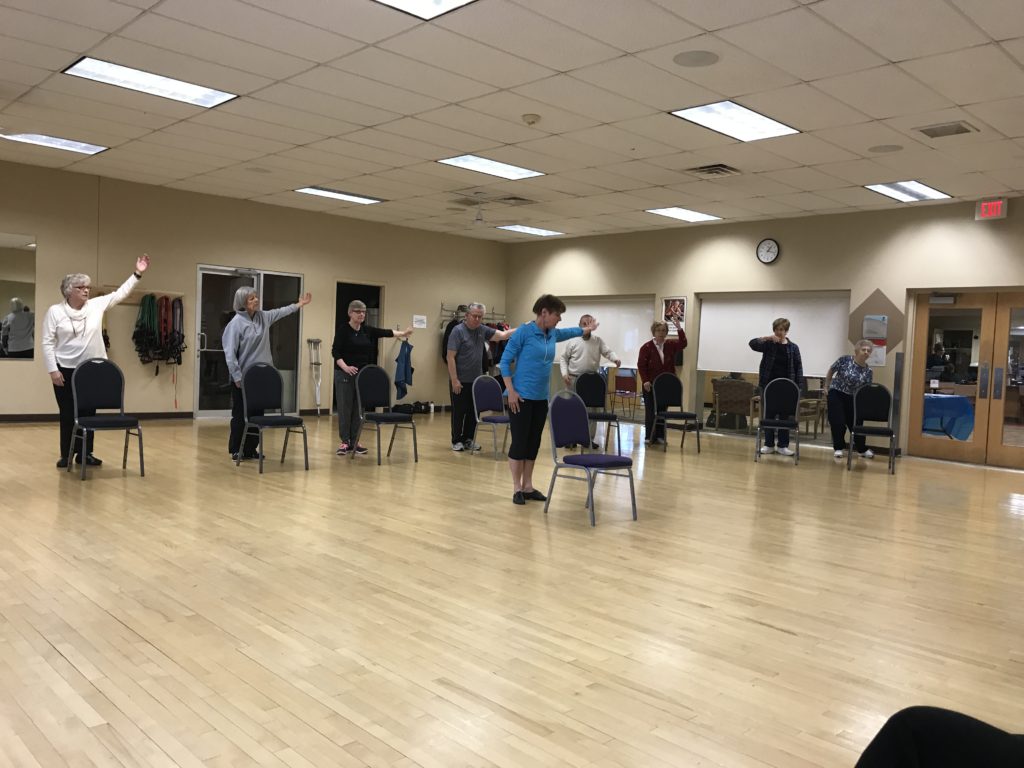
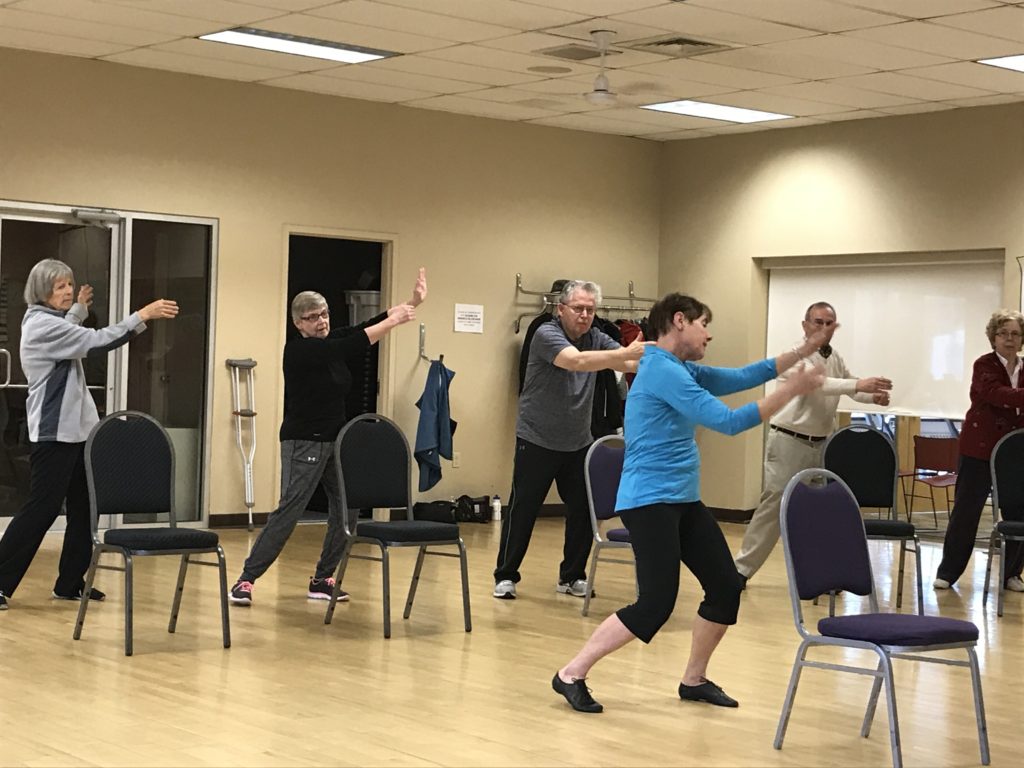

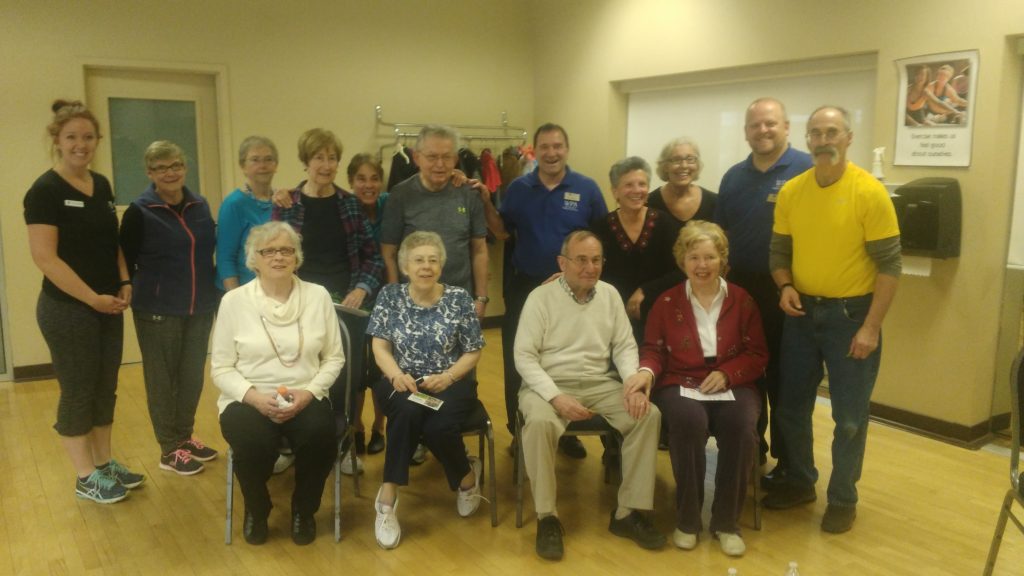
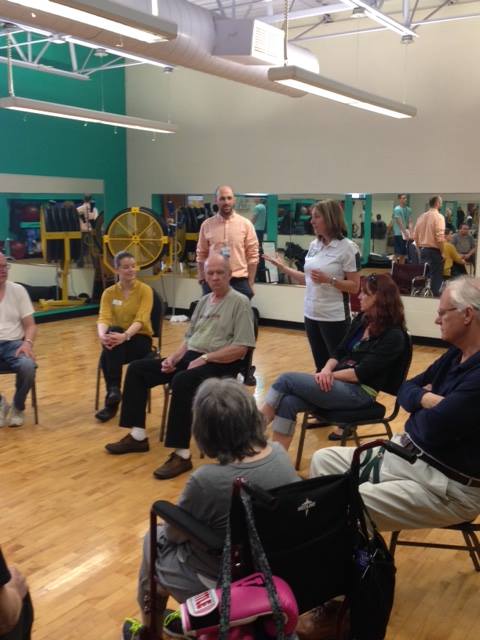
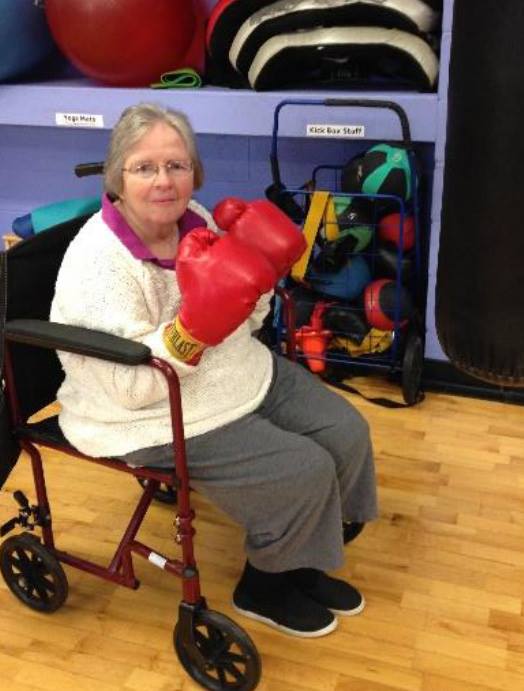
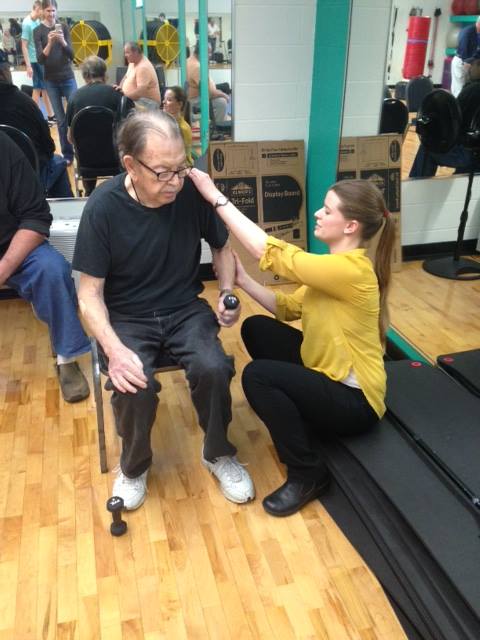







Recent Comments